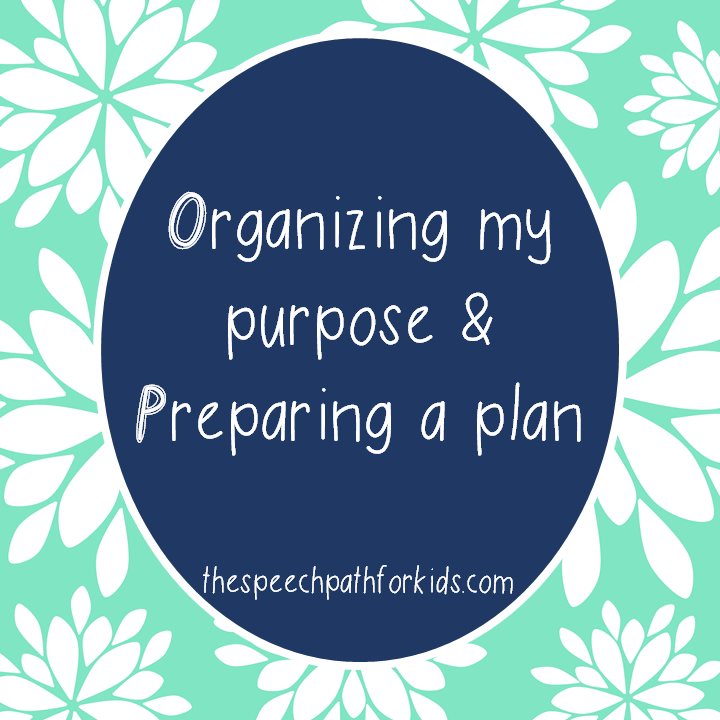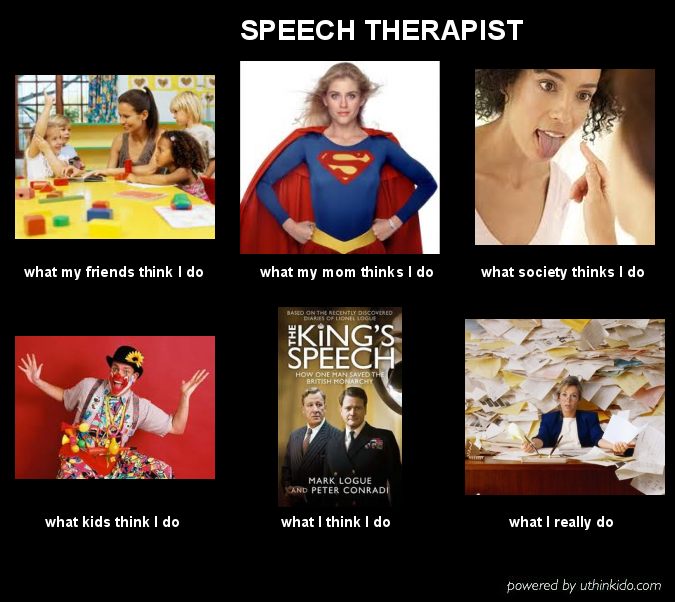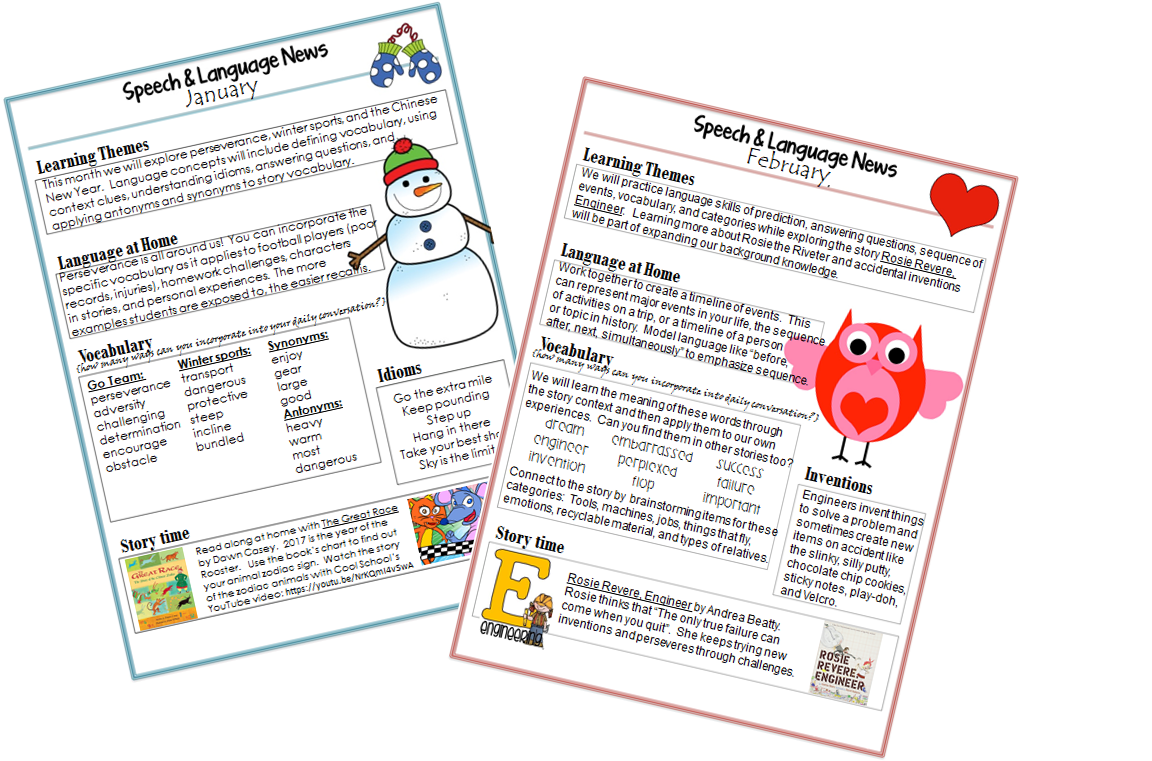
I am typically very organized. Over organized sometimes. I like to re-organize my organization systems. I love having the summer break because I can come back in August with a fresh perspective on how I want to manage the mounds of paperwork. It makes me feel more in control to have a system with pretty paper and cute graphics. Because the paperwork in special education is definitely OUT of control!!

This poster makes me smile. But in all honesty, I feel like our job is a balance of all the pictures. I know I would go crazy if it was only about the paperwork. The kids are the best part about my job!
There are many aspects to tackle – parent communication, IEP due dates, RTI screenings, therapy data collection, evaluations, teacher communication, progress reports, parent communication…am I just scratching the surface? At winter break I found myself needing to refocus my energy to long term planning and relaying our activities and weekly progress to parents and teachers. This probably came from me feeling like a lost parent with my 6th grader. I was feeling frustrated about getting minimal communication from some of his teachers. When I was honest with myself, though, I realized that I could do better with sharing with teachers and parents information about “the magic” that is happening in speech/language therapy. I knew the challenging work that was going on – but did anyone else? This involved three interrelated pieces…lesson plans, communication newsletters, and weekly check-ins.

My very real-not so pretty-but handy to have-more like a snapshot-lesson plans. Okay, so this version probably doesn’t even deserve the title “lesson plan”.
1. Lesson Plans. Let’s be real for a minute…you can feel bogged down in this task real quick! I don’t include all the educational jargon on mine…I just want to know WHO is doing WHAT and WHEN it is happening. It’s about feeling prepared with a purpose and a plan.
Over the years I have written lesson plans in all kinds of shapes and sizes. Ultimately, my lessons are driven by the student’s IEP. I am held accountable for their progress at annual reviews and progress report periods. To me, best practice has always been to have a vision of how I want to carry out the smaller steps towards the larger annual goal. Lesson Plans are helpful to me to see the big picture…where am I today, where will we be in a month, what will it take to get there, am I covering all of the goals, etc. They are also helpful to remember the order of the skills and my pacing within a unit. For example, my 4th/5th language groups are doing a unit that will cover 8 sessions (maybe even more) – that is an entire month. I looked through my book companion unit, compared the skills to each student’s goals, and selected a few of the concepts to focus on. But we can’t waste a minute of our precious therapy time. I spent time after school on a Friday planning out the sequence of the unit, and the only way to remember that plan after a relaxing weekend is to have it written down! Bottom line – I generate LPs for my own use, and if an administrator happens to ask for them then they are already in place.
The system I have been using the past few years works really well for me.
- First, I separate my groups based on the type of goals and activities we will be doing. For example, I may have 20 different groups that I see throughout the week. Some of these groups will overlap in goals/activities. Maybe I have two different 1st grade articulation groups. No need to plan separately for them. I can create the same materials for both groups. So one page will list the students from both groups on it. Same goes for the three self contained classes for the students with Autism. While I differentiate for different levels, I prepare the same activity/lesson for all three groups, so I don’t need to write that out three different times. So instead of listing lessons in 20 different slots, I might have 6 or 7 total pages. Generally I have lesson plans separated for K/1 artic, 2/3 artic, 4/5 artic, two or three different levels of language groups, and the AU communication groups. Also, I should note, that currently mine are scratched in pencil and a little more condensed. They are not cute and colorful, but they sure do help me have my act together!
- Second, I create lesson plans monthly. Now in the best of times, I actually think ahead and write out for a month in advance, gather the materials, and have them labeled with the day to be used in the the students’ working folders (or just put them in the order that I plan on using them). I really like looking at plans monthly because it helps me to address thematic units at the right time (otherwise things like Dr Suess’ birthday and the 100th day of school tend to slip right past me!)

I used the templates from Speechy Musings and added content specific to each set of groups.
2. Communication newsletters. This is always a challenge because I want so desperately for parents and teachers to know what books, content, skills, and crafts we are doing in real time. I still have that dream of overlapping perfectly with the content of classroom pacing guides. I’m hopeful that this will be a communication tool to open dialogue about merging concepts/vocabulary/strategies from the two settings. The hard part of making this a reality is that for it to be meaningful, I am really customizing 7-10 (or more) newsletters each month. I decided to tackle the challenge this year though. It has been a little easier when I pair the task with the monthly lesson plans. The hard part is already done! Now I just need to format the skills, vocabulary, book lessons, etc into a newsletter. Plus, when I can overlap lessons/books/themes across groups I do! I gave myself a break and instead of making my own templates, I bought one from SpeechyMusings on TPT. Even though her product has ready-to-go newsletters, I still plug in my own content in the blank template because I need to be specific for my students. However, there was something freeing about already having a template of boxes laid out for me! So now I transfer the content from the LP and my materials to the format of the newsletter and it is ready to hand out to parents and teachers at the start of each month.

3. Weekly check-ins. This step is not as global – yet -although I have really stepped up my game when it comes to relaying content and progress weekly because I want to see the skills carryover. No, I NEED to see this progress into natural contexts! I have three main tools I use, and these will vary based on the group.
a) notes. I have some pre-printed for the lesson and some sound specific. (The ones pictured above are 1/4 size paper.) It gives me a chance to jot down accuracy progress, challenge words, or other info related to the lesson. I try to have the students show their teacher then take them home to their parents. I sit in my room and imagine a lovely land where this happens each time and try not to picture the notes squished at the bottom of the book bag with the picture day reminder and the cafeteria menu.
b) speech folders. Love ’em or hate ’em, they’re here to stay. At least for some students! Right now I am using them with the students that routinely bring them back. They are actually being used by their parents too, so that increases my desire to use them.
c) rubrics. I started small with these – just two students. I use them to help manage behavior as well as a way for me to communicate weekly to parents and teachers. Right now I am using these with my 3-5th grade language groups. I fill them out each session then make copies at the end of the week and give to teachers. The idea is that they read about their student’s progress on language skills, record any info they need, then send home to parents with other classwork. It is extra work. But in my lovely land of unicorns and rainbows, it is a useful tool for me to share real time progress.
For me, these three pieces of the lesson plans, newsletter, and weekly check-ins were connected enough that they came as a bundle 🙂 One on its own is better than none, but the combination of all three strengthens the communication impact. And communication is what I’m all about, after all. I’d love to hear your ideas too!



